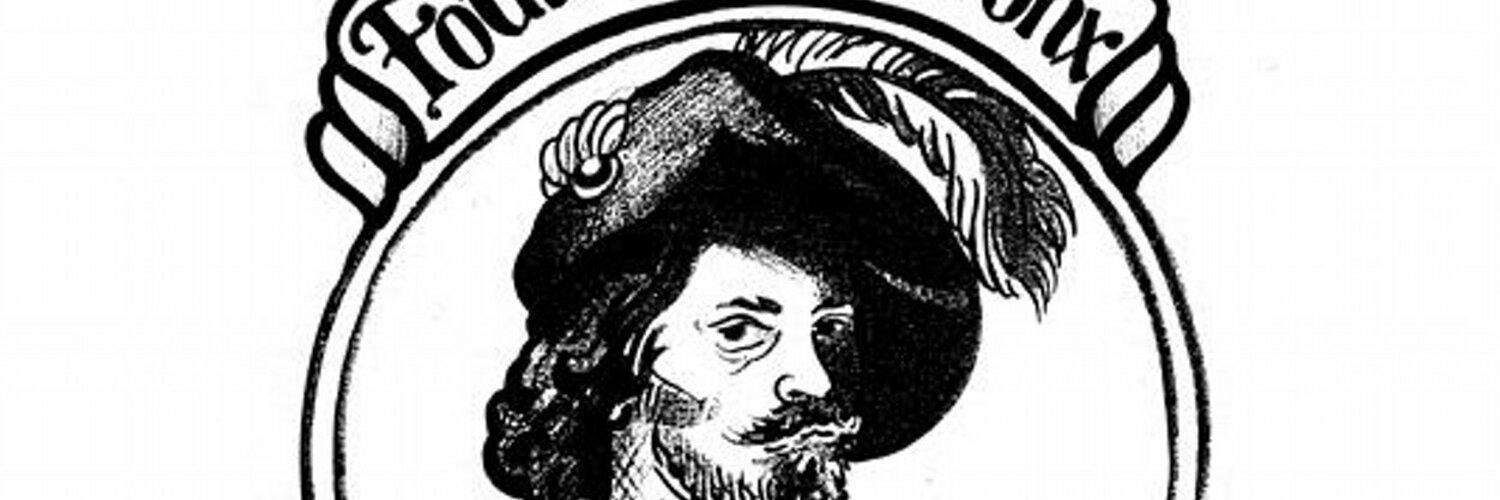Ne Cede Malis (1898)
Visitors to the Bronx anticipate Yankee Stadium, -nicknamed the Bronx Bombers- the zoo, and botanical gardens. The invisible tour guide on these expeditions: Jonas Bronck.
The naming of the Bronx began in the hamlet of Komstad, Sweden, where Jonas Bronck was born in 1600. He emigrated to Denmark and became a sea captain before moving to the Netherlands where he met and married Teuntie Jeuriaens. In 1639, after the economy fueled by tulip bulbs floundered, the couple boarded a ship belonging to the West India Company, the Jonas Brand van Trogen, the Fire of Troy, headed for New Amsterdam, the 17th century Dutch settlement. The Broncks arrived at the juncture when Hollanders paid $24.00 to the resident Native Americans in exchange for Manhattan. 
The Swedish couple landed on what is now the south Bronx; a mural at the Bronx County Courthouse depicts the scene in a 1930s painting by James Monroe Hewlett. Within a month they had settled on a 500-acre farm the Lenape tribe called Rananchqua; Jonas christened it Emmaus, (after a site where Jesus appeared after his Resurrection.) The purchase price from the natives: two guns, two kettles, two shirts, a barrel of cider, and six coins. On his grounds Jonas grew tobacco, wheat, barley; he also brewed his own beer. Jonas wrote to a friend in Amsterdam, “The invisible hand of the Almighty Father surely guided me to this beautiful country. It is a veritable paradise and needs but the industrious hand of man to make it the finest and most beautiful region in the world.”
The serpent in the paradise was the animosity between the settlers and the Lenope. To maintain peace, the Bronck’s home became the site of a 1642 treaty, a scene commemorated in a 1908 painting by John ward Dunsmore.
After four years of living on his beloved Emmaus, Jonas passed away in 1643 from an unknown cause. His widow remarried and moved to contemporary Coxackie, New York, but residents continued to refer to the property as Broncksland and the nearby river as Broncks River. Through the years the Swedish spelling gave way to The Bronx.
In the 1920s, bootleggers ran rampant, and the Bronx was a waterhole for speak-easies and violence. The seamy reputation continued in the 1970s; in reference to the borough’s urban blight, poet Ogden Nash wrote, “The Bronx? No thonx.” Currently undergoing gentrification, due to “the industrious hand of man,” the Bronx is coming into its own.
The original Dutch settler had no offspring, though in a sense he is the father of future residents. Many famous people were born in The Bronx: Stan Lee, Sonia Sotomayor, Jennifer Lopez and Woody Allen. Author Edgar Allan Poe rented a cottage where he wrote “Annabel Lee.” President George Washington spent time there during the American Revolution; President John F. Kennedy spent two years in a twenty-room mansion. In Woodlawn Cemetery, that dates to the Civil War, lies department chain founders Rowland H. Macy, James Cash Penney, F. W. Woolworth, as well as Irving Berlin, Duke Ellington, and Herman Melville.
A nickname of the borough is “Boogie Down Bronx” as it was the birthplace of Hip Hop; breakdancing was born on the streets of The Bronx. Polish immigrant residents Rose and Reuben Mattus chose the name Danish-sounding Häagen-Dazs as a tribute to the country who shielded their Jews from the Nazis.
The Latin motto of the Bronx bears the words of Vergil that the Bronck family had adopted as their own: “Ne cede malis,” “Do not yield to evil.”


